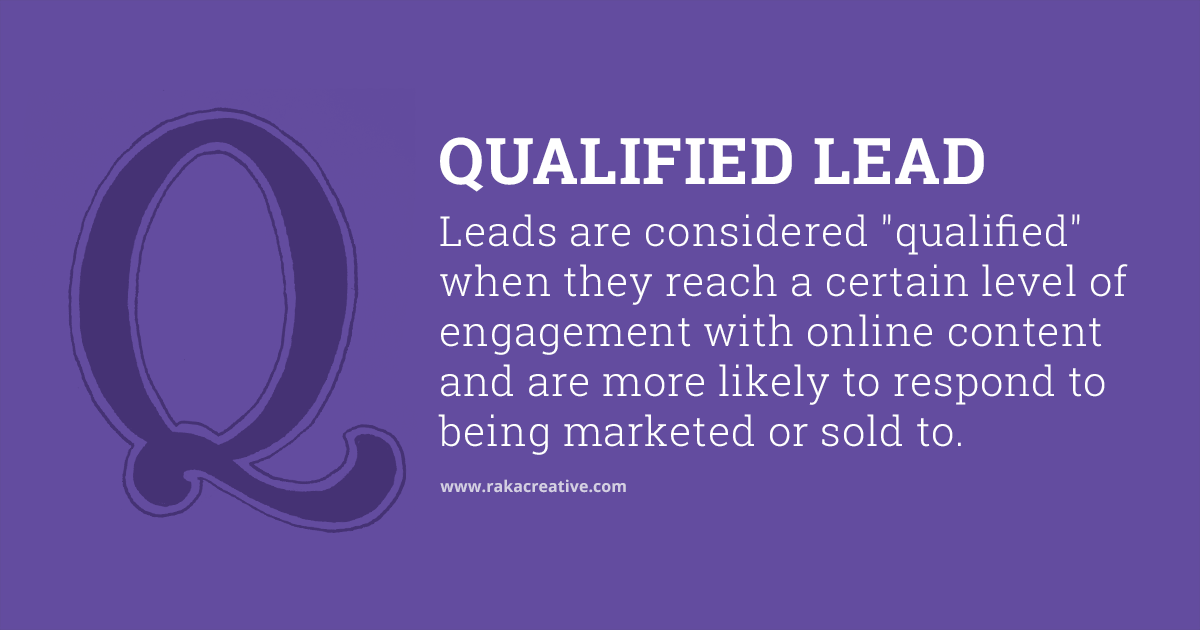Nobody likes to get a report card—except you, Mr. or Mrs. Valedictorian, how nice for you—but as a marketer, you may come to rely on them to understand which of your leads are close to closing. Grading (or lead scoring) gives you all the info you need to know whether a prospect is ready for an email nurturing campaign or a call from a sales rep.
Tell me more
Grading is a way of organizing your lead and client database via clear-eyed, relatively unbiased metrics. The idea is to turn scattershot, database-blasting marketing efforts into targeted campaigns, while also giving sales an easy way to determine which prospects they should be following up with. Whether it’s a numerical grade or a letter grade, you want to quantify a lead’s value so that it can be determined at a glance.
Ideally, you would have your entire database segmented by how close they may be to becoming a customer. This allows you to push out bottom-of-the-funnel campaigns to the highly-qualified leads who have already had a strong level of engagement with your brand. Defining a system to grade your leads helps you identify what makes a quality lead for your business.
You can organize grading by a number of key markers, including:
- Job title
- Geographic location
- Company name/type
- Who filled out a form
- Engagement (social interactions, blog post reads, email clicks, content offer downloads)
This is an intelligent way to build your workflows, too. You can have optimized campaigns sent to those who have a certain grade or lead score on your scale. Anyone who hits those lofty heights gets rerouted to sales for a follow-up call. Not sure what a workflow or optimized campaign should look like? Check out our list of inbound marketing definitions to get a refresher.
Why grading is important to marketers
Grading is a way to make an otherwise muddled list of contacts and leads useful for marketing. It doesn’t particularly matter if you’re referring to it as prospect grading, as some do, or lead scoring, as HubSpot does, so long as you’re doing it well. This all makes your life easier, and we probably don’t need to sell you on that.
Let’s consider two hypothetical prospects, Aaron and Freddy. Aaron has downloaded three content offers and appears extremely engaged with your brand. He’s also a VP of product development—a title for one of your key buyer personas. Aaron is also very handsome, though that doesn’t fit within your metrics. He gets scored as an A in our database.
Meanwhile, Freddy made contact two years ago, but has only been back on the website twice since then, and hasn’t opened a single email. Freddy lists his occupation as “parrot trained to browse the internet,” which is not one of your core demographics. We don’t want to lose Freddy entirely, but he gets an F, and will be low priority in our marketing efforts.
With this bucketing, you’re greasing the skids for better workflows and automation. More importantly, it enables you to spend the bulk of your time and energy on marketing to the leads that show genuine interest in your business. You also can ensure that the leads coming in are ones that you have an interest in doing business with, which will save you time, energy, and the headache of courting potential customers who just aren’t that into you.
If you skimmed this post…
You’re having flashbacks to middle school, aren’t you? Fear not. Grading refers to assigning numeric or letter grades to marketing leads and prospects, allowing a business another way to rank their most important contacts for marketing campaigns.
You’re not being graded. We promise.






